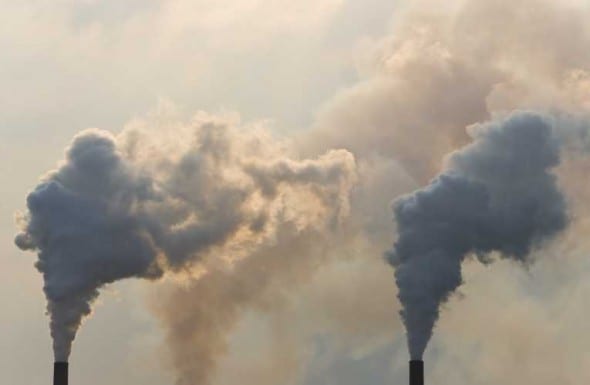As discussion increases over the role of domestic and international carbon credits in Australia, in this Insights article, we discuss our latest outlook for supply of Australian carbon credit units (ACCUs) through to 2030.
Analysis maps total volume of supply, and estimated offset prices, based on forecast demand from entities covered by the National Energy Guarantee (NEG) and safeguard schemes, providing an initial price guide for covered facilities, and a reference point for offset developers active in the ERF and secondary market.
Below, we summarise the key findings and implications for market actors.
Domestic offsets may be the marginal source of emissions reductions in Australia
While international carbon offsets have historically been viewed as “low cost”, we anticipate a steep curve for units in markets such as Europe and California – and potentially China – with carbon prices likely to grow to A$30-120 in 2030, reflecting the higher ambition of these schemes.
Coupled with the limited role of Kyoto units – Certified Emission Reductions – after 2020, the high forecast price of international credits provides important context for Australian companies, with strong potential for domestic offsets to be the marginal source of emissions reductions in the Australian market.
Modelling indicates that Australian high emitting companies may have a large volume of “low-cost” ACCUs available between $4-10/t, underpinned by low-cost energy efficiency activities – or so-called “anyway projects” – that are likely to go ahead even without policy.
While these units have been slow to be brought forward under the ERF, these projects are likely to be commercially attractive outside the administrative complexity of that scheme, providing project developers and buyers with a clearer opportunity for direct contracting.
This supply is able to fulfil demand under the government’s NEG, with prices rising to $35/t under our upper bound scenarios as greater demand potentially comes online under the safeguard scheme.
We see four clear price bands within our ACCU supply curve:
a “low-cost level” encompassing energy efficiency and “anyway” projects up to $5;
a “low-moderate level” up to $20/t (attributed to cost saving projects, wind energy, regenerative farming and mallee plantings);
supply from “medium cost” projects such as avoided re-clearing of vegetation up to $60/t;
and “higher cost” land use projects up to $100/t (such as environmental plantings and assisted natural regeneration on agricultural land).
The price risk of “low quality” carbon offsets
While Australia may have a large volume of low cost carbon offsets, we see limited opportunity for these units to be “exported” internationally, with many crediting methods – notably energy efficiency, facilities, mining, oil and gas – likely to fall foul of stricter international additionality rules applied for out-of-state offsets in international markets such as Europe and California.
As these markets tighten their offset rules, low quality offsets are unlikely to be eligible. Inversely, we continue to see demand for high quality environmental projects that represent a stronger reputational benefit for buyers.
Should crediting methods be tightened in Australia, restricting ‘anyway projects’, this would have a significant impact on the merit order of our ACCU supply curve, removing low-cost units from the available supply pool.
Under such a scenario, ACCU prices may step up more quickly in line with modelled demand estimates.
Low quality offsets may still play a role locally
Despite concerns over quality, low-cost offsets may still play a role in Australia, providing policymakers with significant flexibility in designing local policy, such as the NEG or Safeguard scheme, which is able to meet “least cost” objectives while keeping compliance costs low for business.
This is particularly important for the industrial sectors, covered by the safeguard mechanism, which are likely to carry the bulk of the load to the 2030 target if the NEG is implemented as outlined by the Government.
Should the 26 per cent target for the NEG be extended across all sectors of the economy, the Oil and Gas and Transport sectors – Australia’s emissions growth sectors – could be liable for up to 60 per cent of all abatement to meet Australia’s 2030 target, despite making up only 18 and 19 per cent of national emissions.
Comparably, the NEG would contribute only 20 per cent of all emissions reductions, despite electricity being Australia’s largest emitting sector (35 per cent of national emissions).
The NEG is therefore likely to shift the burden to cut emissions onto sectors that face higher internal abatement costs, making carbon offsets more important.
In what may be surprising to some, the marginal source of emissions reductions under both the NEG and the safeguard mechanism may in fact be domestic, rather than international units.
This is extracted from Reputex’ Insights publication. To access its full market outlook for ACCU supply and prices, please click here










